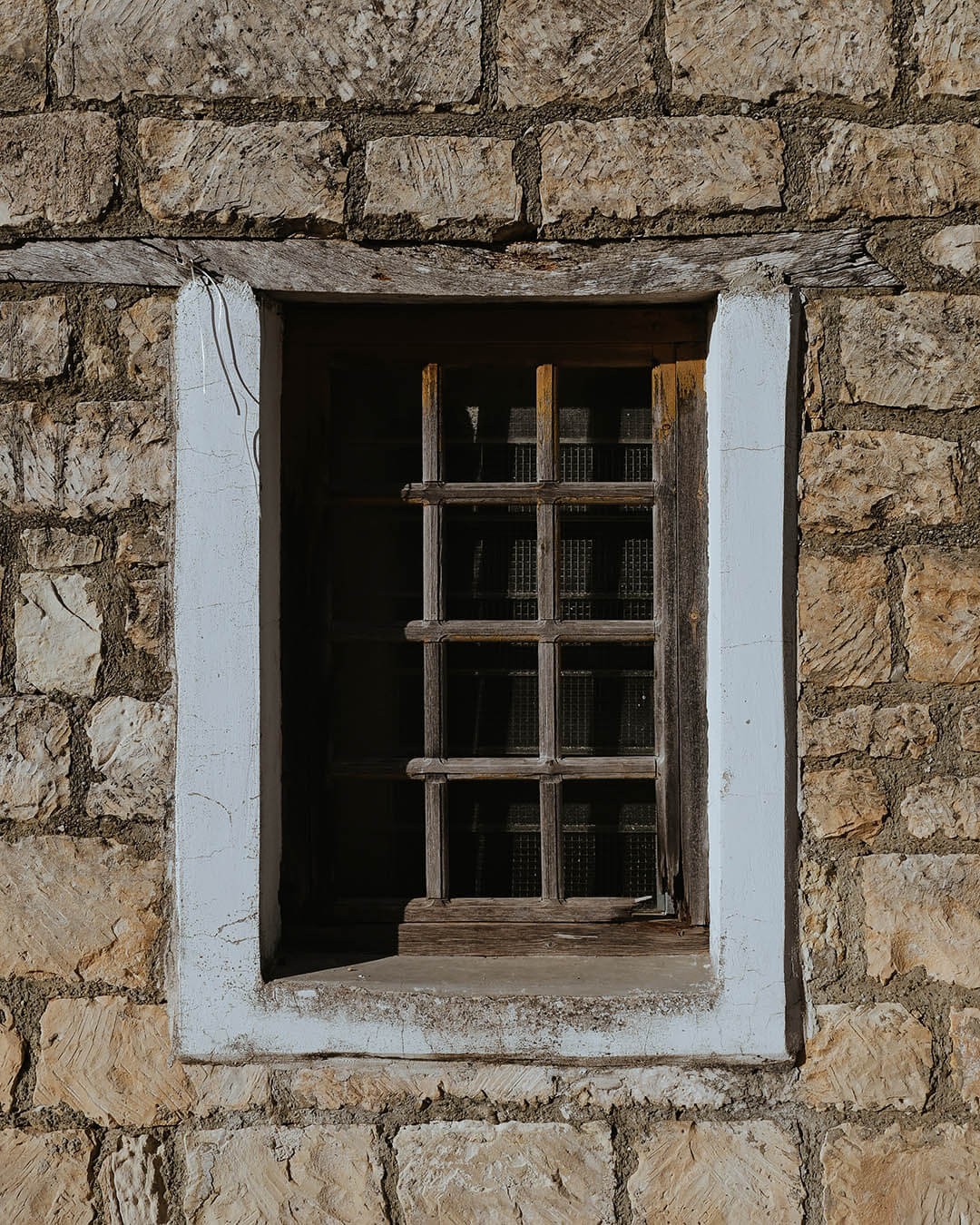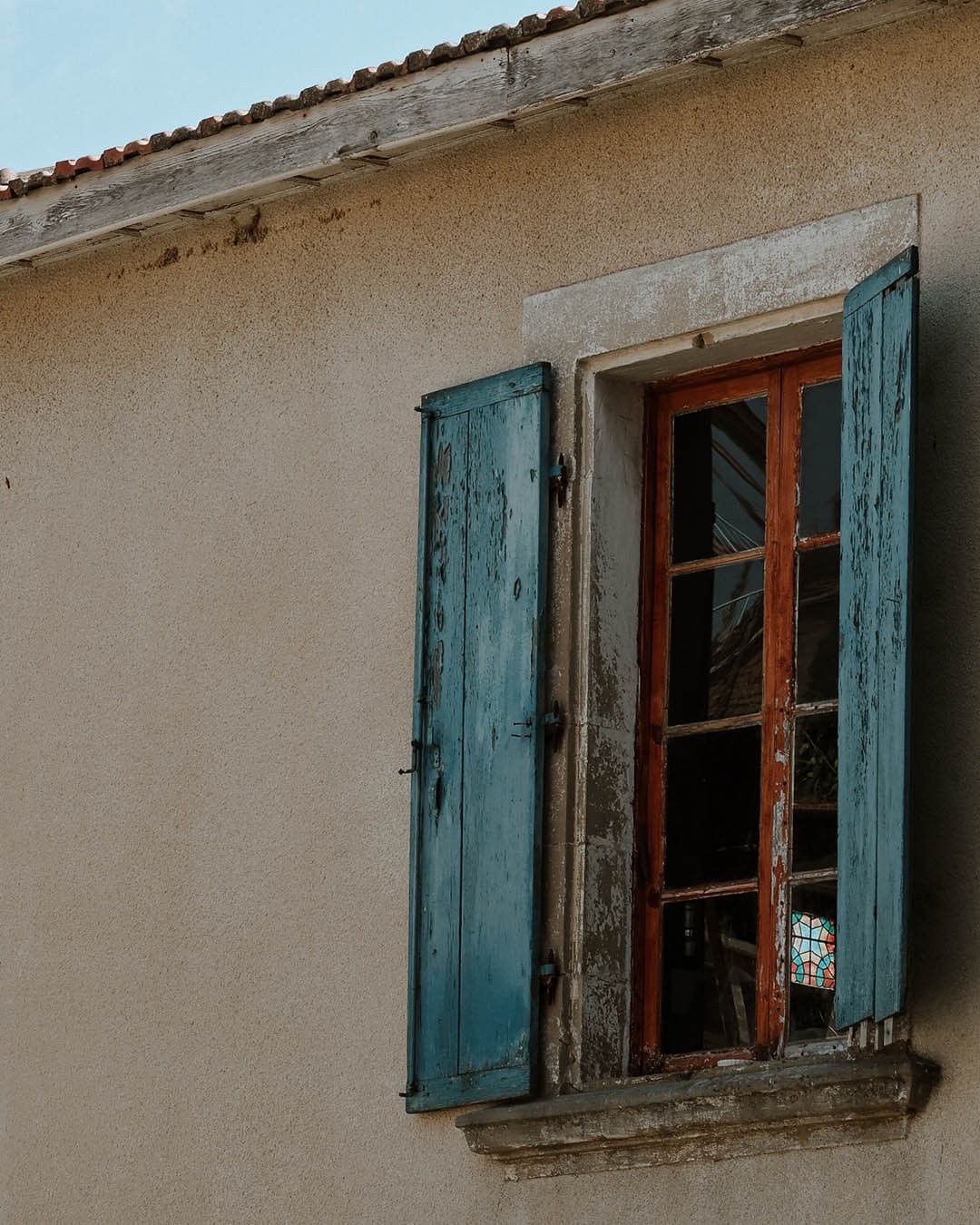The Sanctuary of Apollo Hylates
- Limassol
- Monument
The Sanctuary of Apollo Hylates holds significant importance as one of Cyprus' most notable archaeological sites. Situated in the Limassol district, it lies east of Episkopi and west of the ancient city of Kourion.
Apollo, a deity in Greco-Roman mythology, held multifaceted functions and meanings. The name "Hylates" possibly originates from the ancient Greek word "ὕλη" (hyle), meaning "forest." As a result, the site served as a place of worship for Apollo in his role as the protector of woodlands and vegetation.
Over the centuries, this religious site appears to have undergone numerous alterations, additions, and periods of destruction. Excavations have revealed the existence of an archaic temple, possibly constructed between the 8th and 7th centuries BC. However, it seems that the worship of Apollo at this location began during the Late-Classical or Early Hellenistic period, around the 3rd century BC. The most significant transformation occurred during the Roman period in the 1st century AD, resulting in a substantial expansion of the Sanctuary. Ultimately, it is believed that the site was destroyed and abandoned during the 4th century AD.
Initially, the archaic temple served as an open-air site with a holy precinct enclosed by a barrier. In the 1st century AD, during the Roman period, the Sanctuary was rebuilt in a completely different form. The large complex consisted of various components, including two entrances from Kourion and Paphos, leading to the main temple of Apollo. The temple, the tallest structure, stood at the end of the holy road. In the southeast part of the site, there was a "palaestra," a central courtyard surrounded by columns, which provided a practice space for athletes. Additionally, outside the temple area, a Roman bath complex was constructed, featuring five different rooms.
Exploring the remains of an ancient site is always a fascinating experience. The archaeological remnants of the Sanctuary of Apollo Hylates bear witness to a flourishing culture and the preservation of religious beliefs during that era.
Other locations
All locationsMinthis Hills Golf Club
Paphos | Golf club
Minthis Resort is located close to Tsada village in the south west of Paphos district. It offers a 18-hole championship golf course incorporated in the natur...
Kolossi Castle
Limassol | Monument
Located in Kolossi village, in Limassol district, Kolossi Castle is one of the most significant fortresses of the Frankish era in the island. With a vivid hi...
Lara Beach
Paphos | Beach
Lara beach is located in the south-western part of the Akamas peninsula, in Paphos district. An uninterrupted stretch of sand and a discrete location, preser...




